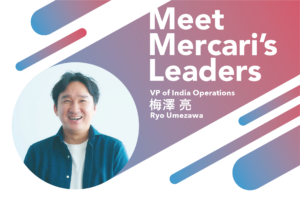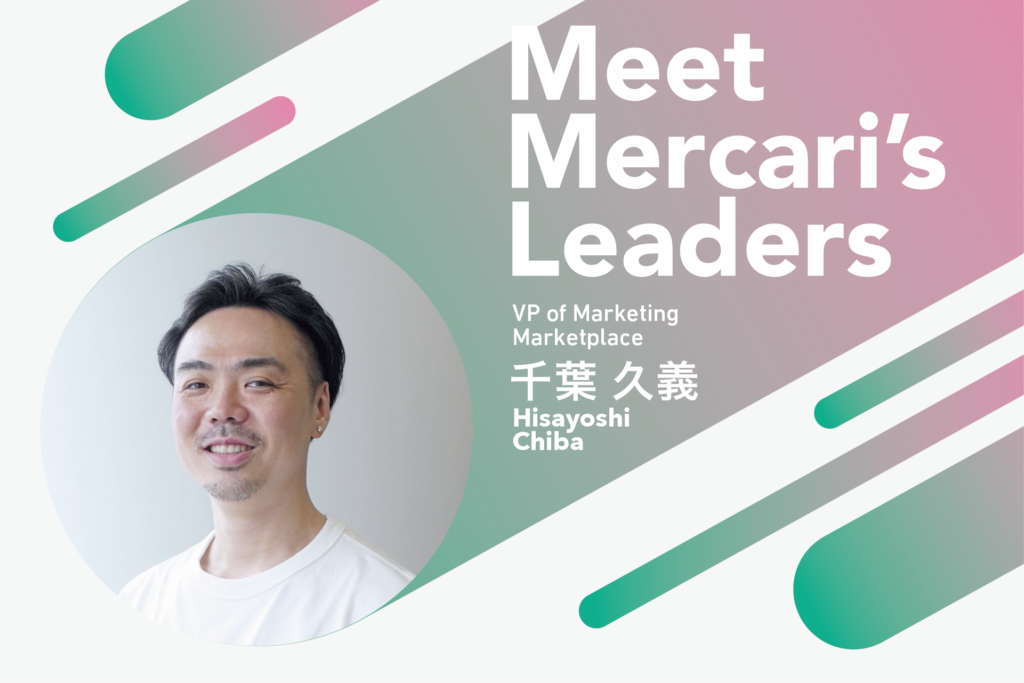
2024-9-13
Creating a Product People “Love to Use” Rather Than “Use to Save”—Meet Mercari’s Leaders: Hisayoshi Chiba / VP of Marketing, Marketplace
Hisayoshi Chiba (@baachii) worked at Dentsu, was Executive Officer of Gunosy, and was COO of Noin before joining Mercari as VP of Marketing for Marketplace, where he currently leads the company’s marketing domain.
“I wanted to try shaping something from scratch,” Hisayoshi explained as the reason he moved from Dentsu to a startup. In this article, we ask Hisayoshi why he decided to join Mercari after working at two startups, what potential he felt from Mercari after having worked at multiple other companies, and what ideal relationship he envisions creating with our users through marketing at Mercari.
Featured in this article
-

Hisayoshi Chiba
Hisayoshi was born on February 6, 1985. He graduated from the Faculty of Science at the University of Tokyo and received his master’s from the university’s Graduate School of Science. In 2011, he joined Dentsu Inc., and in 2014, he joined Gunosy Inc. when the company was at a scale of only 20 employees. As an executive officer, he supported Gunosy’s growth in positions such as head of marketing, head of the company’s joint business venture with KDDI Corporation, and head of programmatic advertising. He also played a central role in the company’s IPO on the Tokyo Stock Exchange (TSE) Mothers market, as well as the later switch of their listed market to the First Section. In 2019, he joined Noin, Inc. as Director and COO, and in 2023, he joined Mercari, Inc. as VP of Marketing. He is also a culinary expert and angel investor, a sauna-lover who makes over 400 sauna visits a year, and co-author of the book “The Deeper the Squat, the Deeper the Mind.”
Growing our user base by showing the various sides of Mercari
—Hi @baachii! Tell us about what you do.
As VP of Marketing for Marketplace, I oversee all of marketing at Mercari, as well as business strategy for our B2C marketplace Mercari Shops.
To be specific, the marketing division is focused on acquiring new users. The Mercari marketplace app currently has around 2.3 million monthly active users (MAU). Our app is already used by many, but I believe that by showing the various sides of Mercari we can grow our user base even further.
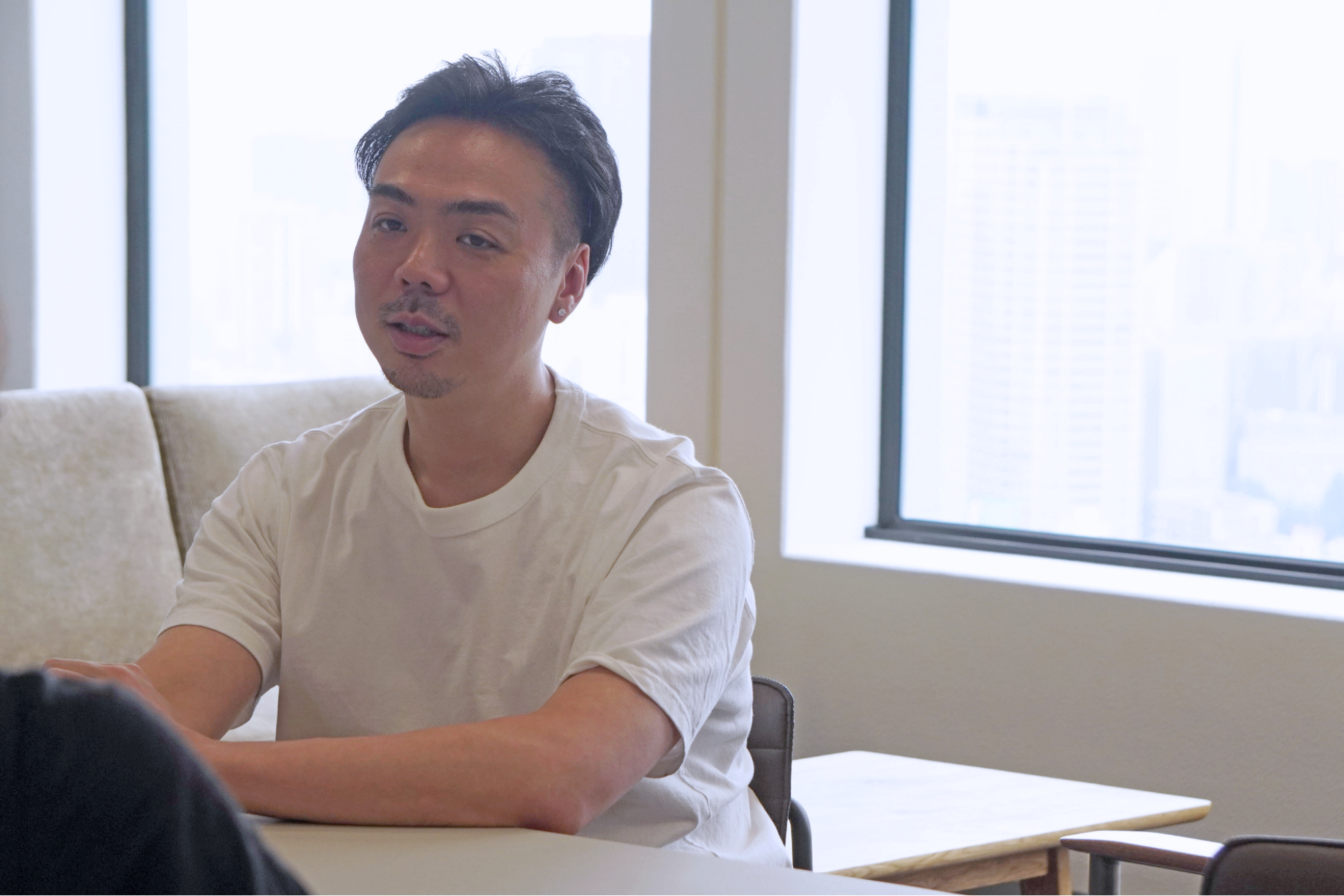 Hisayoshi Chiba (@baachii), Vice President of Marketing, Marketplace
Hisayoshi Chiba (@baachii), Vice President of Marketing, Marketplace
—What are the various sides of Mercari?
The first thing most people think of when they hear “Mercari” is our C2C marketplace app, but that’s just one side of us. There’s our on-demand work service Mercari Hallo, our credit card Mercard, our B2C marketplace Mercari Shops, and so many more sides to what Mercari has to offer. Increasing awareness of our various offerings beyond our marketplace app should expand the demand for our services. If we combine that with strategies like M&As and re-engaging inactive users, I believe we can grow our MAU by at least twofold.
Achieving 100X the results in one year with @baachii-style marketing
—Can I ask what led you to where you are now at Mercari? I heard you studied physics in university. What pulled you into the business world?
Yes, I studied physics in university, and then earth and planetary science researching meteorites in graduate school. I was aiming for a doctorate degree but felt that the field was too deep for me and began my career instead. Until that point, I had been focused solely on research and knew almost nothing about companies. I joined Dentsu because it was one of the few companies that I knew of and where the work interested me.
—What sort of work did you do at Dentsu?
To put it simply, my job was to coordinate with various stakeholders in order to buy timeslots for clients looking to run TV commercials. I was in a department that was the epitome of Dentsu culture, and I had quite a hard time adjusting at first. (laughs)
On the other hand, because it was one of the longest-standing departments at Dentsu, there was also an established “template” for how things were done. Our business model was based on a proven formula that ensured profitability. After working in this environment for some time, I felt the desire to try working somewhere without an established formula for success.
A newly-launched company with few employees seemed like it would fit the bill, and if that company were to go public, it would open up so many more doors for my career, as well. That’s what led me to join Gunosy back when it was still a company of 20 employees.
—What did you do at Gunosy?
I joined Gunosy right when they had secured investment funds and were going for their first TV commercial. I was hired as the Head of Marketing, since I had experience in the TV ad industry during my time at Dentsu. However, the goal of our first commercial was app downloads, and after all our hard work getting our first commercial on air, each download we got ended up costing us 20,000 yen on average—a disappointing result, to say the least. I was hired to help Gunosy with TV ads, but at this rate we would have to give up on TV ads altogether.
I doubled down like there was no tomorrow and repeatedly tested and improved things, and a year later, we had managed to decrease the cost per download to 180 yen.
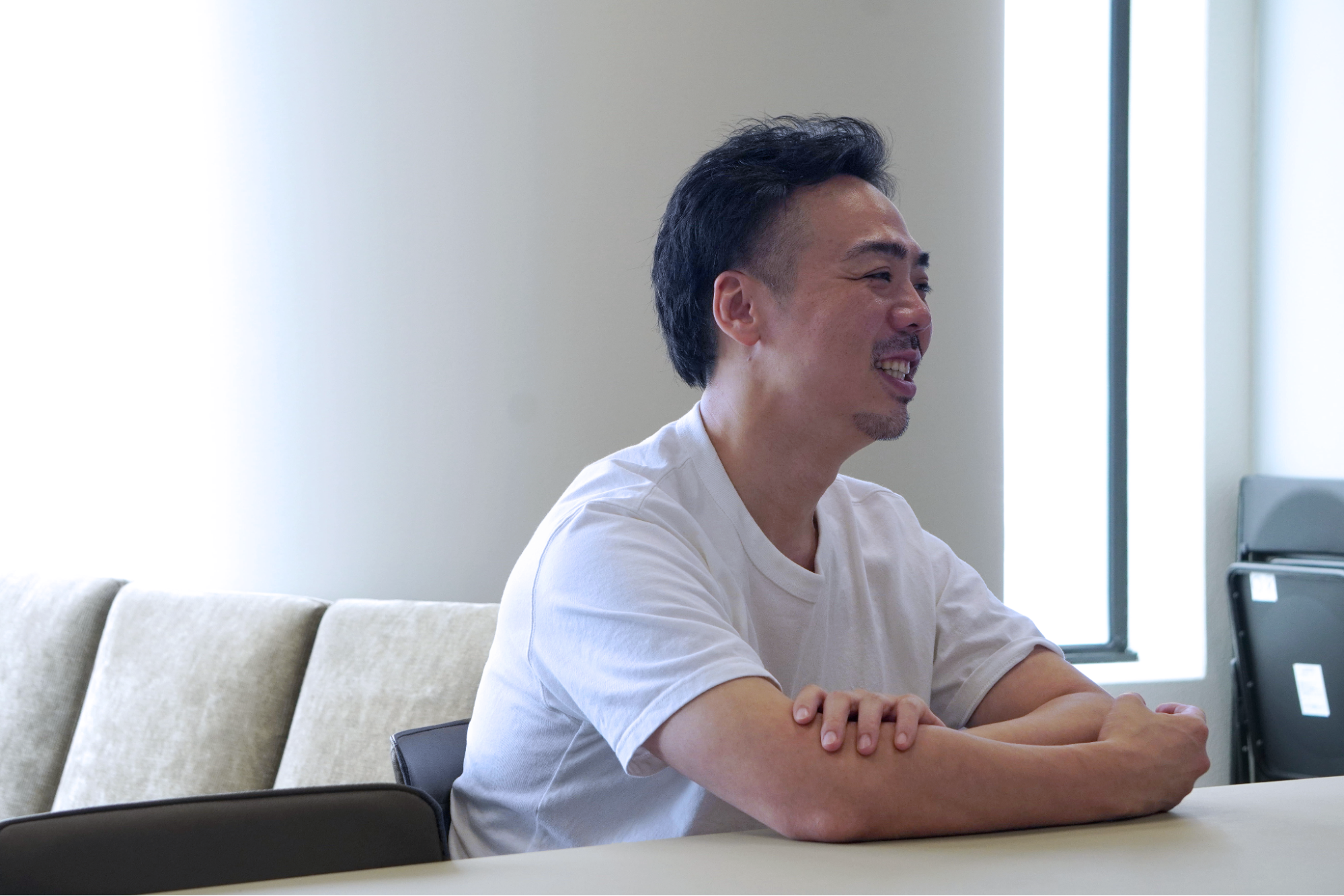
—Wait—you improved results by over 100X in a year?!
When you put it that way, I guess I did. Downloads grew exponentially, and so did the business. Of course, it wasn’t solely because of my efforts, but I’d like to think I played a part in the business’s growth.
After that, I became the Executive Officer of Marketing at Gunosy, and experienced an IPO with them. The business continued to grow rapidly, but because we were short on people, I was writing our business plan with the CFO while putting my own funds into the business. I also played a central role in the project to change our listed market on the Tokyo Stock Exchange from Mothers to the First Section. I was at Gunosy for about five years and truly experienced so much there.
—What led you to then join Noin?
The five years I experienced at Gunosy were some of the most arduous yet most fun years of my life. I especially could not forget the energy before and after the IPO and yearned to experience that sort of momentum again. That’s why I decided to join Noin, which at the time was at a similar scale to Gunosy before its IPO.
At Noin, I held the title of COO and took on even more than what I had done at Gunosy. Not only was I involved in business planning, management planning, and marketing, which were my main areas of expertise in my career at that point, I also helped procure investment funds whenever needed, dabbled in HR, and helped design the company’s stock option plan. I think this was the period of time when I developed the skills to balance the offensive and defensive sides of business.
On a side note, this is also when my love for going to saunas all started. Balancing offense and defense simultaneously was such a difficult task that I was spending every waking moment thinking about work, whether I was eating or taking a bath. I started going to saunas in order to create time where I was forced to stop using my brain. When you’re in an incredibly hot sauna, you can’t exactly think. (laughs)
Even now, every night I go to a sauna to reset my brain before bed.
Considering ways to promote selling over buying
—And finally, what led you to Mercari?
I decided to join Mercari after a meal I had with @shuji (Shuji Kawano), my ex-coworker at Gunosy and current Executive Officer and Senior Vice President of Management Strategy at Mercari.
I’ve actually been a power user of Mercari ever since the app was first released. If we’re talking numbers, I have close to a thousand transactions in just sales alone. Not only did I think it was a good product, I was also under the impression that the company was great at PR and that there must be many talented people working there.
Then, Shuji asked me if I would be interested in being Head of Marketing at Mercari, and here I am now.
—What were your impressions of Mercari after joining?
Mercari is a much larger organization than Gunosy or Noin, so I thought that there would be established “templates” for how things work, like at Dentsu, but upon joining I realized that wasn’t the case at all. (laughs) For instance, even though the company had established criteria for whether to invest in marketing initiatives, Mercari continues to grow so rapidly that the company’s circumstances today already differ from when those criteria were set. In other words, I had to rely on the experience I had built up over the years to run marketing initiatives while updating the company’s existing templates. On top of that, Mercari has a very unique business model, so I struggled quite a bit in the beginning.
—What did you feel was unique about Mercari?
I think it’s the fact that Mercari’s “customers” not only buy, but also sell. In particular, the act of individuals selling is quite unique. Honestly, it’s easy to encourage people to buy things. You can discount the price or hand out coupons and expect it to affect customer behavior by some degree. But it’s very hard to encourage the act of selling. There are so many steps involved with selling—taking photos of the item, writing a description for it, negotiating the price with potential buyers, packing, shipping, and so on. The challenge I was tasked with was figuring out how to reduce this friction using the power of marketing.
—When you put it that way, it is quite a tall ask.
It is. If you think about it, it’s pretty obvious how hard it is to use marketing to encourage people to sell things, but when you’re in the business it can be easy to overlook. This tends to result in marketing strategies focused on areas that are way too specific. For example, handing out coupons for item categories that users haven’t purchased from before in an attempt to increase user lifetime value. There’s nothing wrong with a promotion like this, but it won’t work for all users.
Obviously, Mercari users with high lifetime value buy and sell across a wide range of categories, but it’s wrong to interpret this to mean that the more categories we can get a user to interact with, the higher their lifetime value will be. Along this line of thinking, you might hand out coupons for categories users haven’t bought from before, but chances are that most people aren’t going to use coupons for categories they have no interest in.
It’s important to start by creating something that’s simple and easy for users. To do that, it must be something the marketing team can stand behind first. After the team understands and is on board with it, we explain it to the executives. This is the strategy I’ve lived by before joining Mercari, and I intend to continue implementing going forward.
—You talked about how difficult it is to encourage people to sell using marketing. Are there any methods you’ve found to be effective?
The 5-day event that we held in Harajuku between November 30 and December 3, 2023, called “My Childhood Home, Made From Things You Can Find on Mercari” was a great example.

 An immersive event where visitors could experience a constructed childhood home with over 2,000 curated retro items available on Mercari that they might very well find in their childhood homes. The event was a big success, with approximately 1,800 visitors across 5 days and long lines with wait times of up to 80 minutes.
An immersive event where visitors could experience a constructed childhood home with over 2,000 curated retro items available on Mercari that they might very well find in their childhood homes. The event was a big success, with approximately 1,800 visitors across 5 days and long lines with wait times of up to 80 minutes.
We were able to get people who had never sold on Mercari before to realize that common items they can find at home sell on Mercari. The event only ran for a limited time, but it would be great to hold it again given the right opportunity.
Recently, we held an exhibition titled “Things You Don’t Know the Names of.” There are so many things you can buy and sell on Mercari; you can truly find virtually anything. But there are certain things people generally don’t know the names of, so it’s hard for those items to be discovered through searches. That thought led to this exhibition.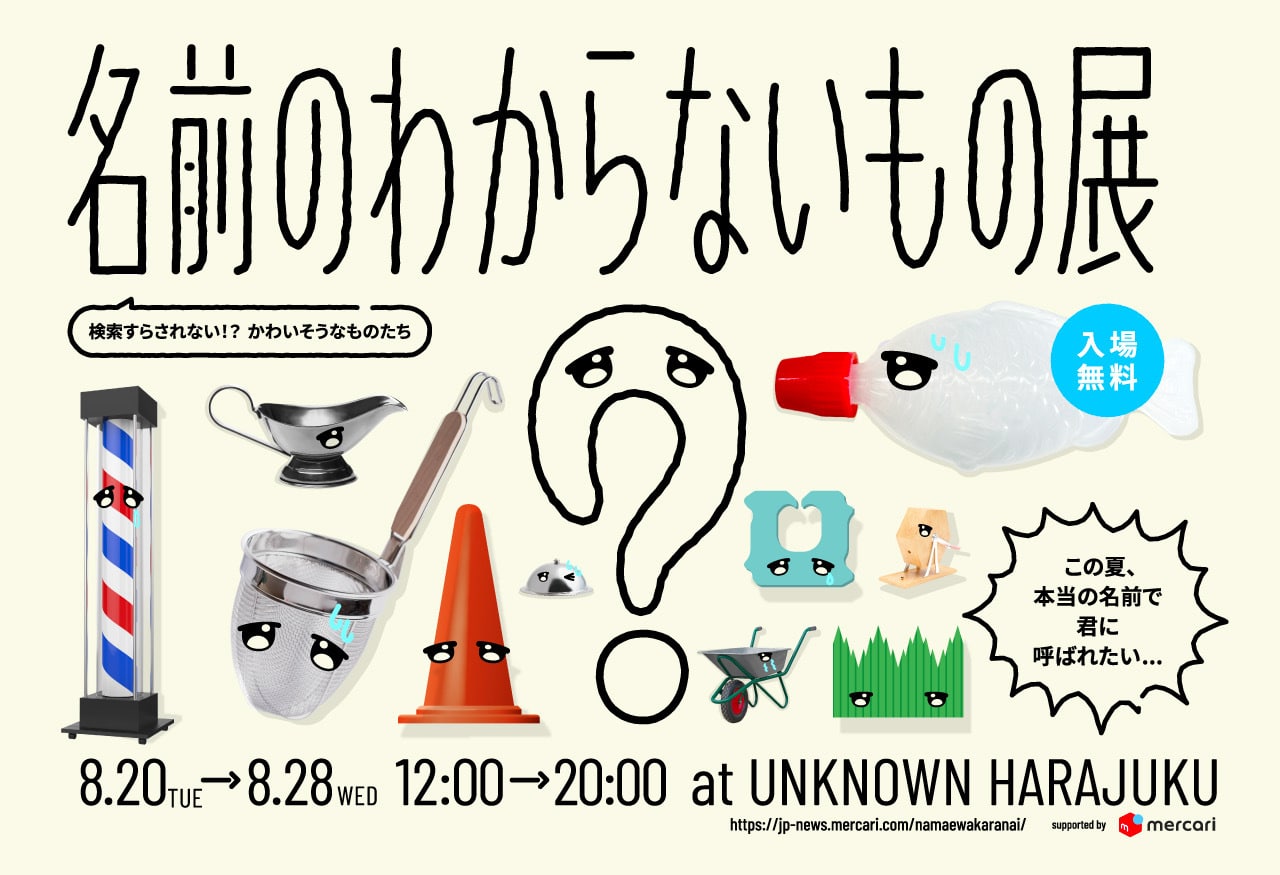
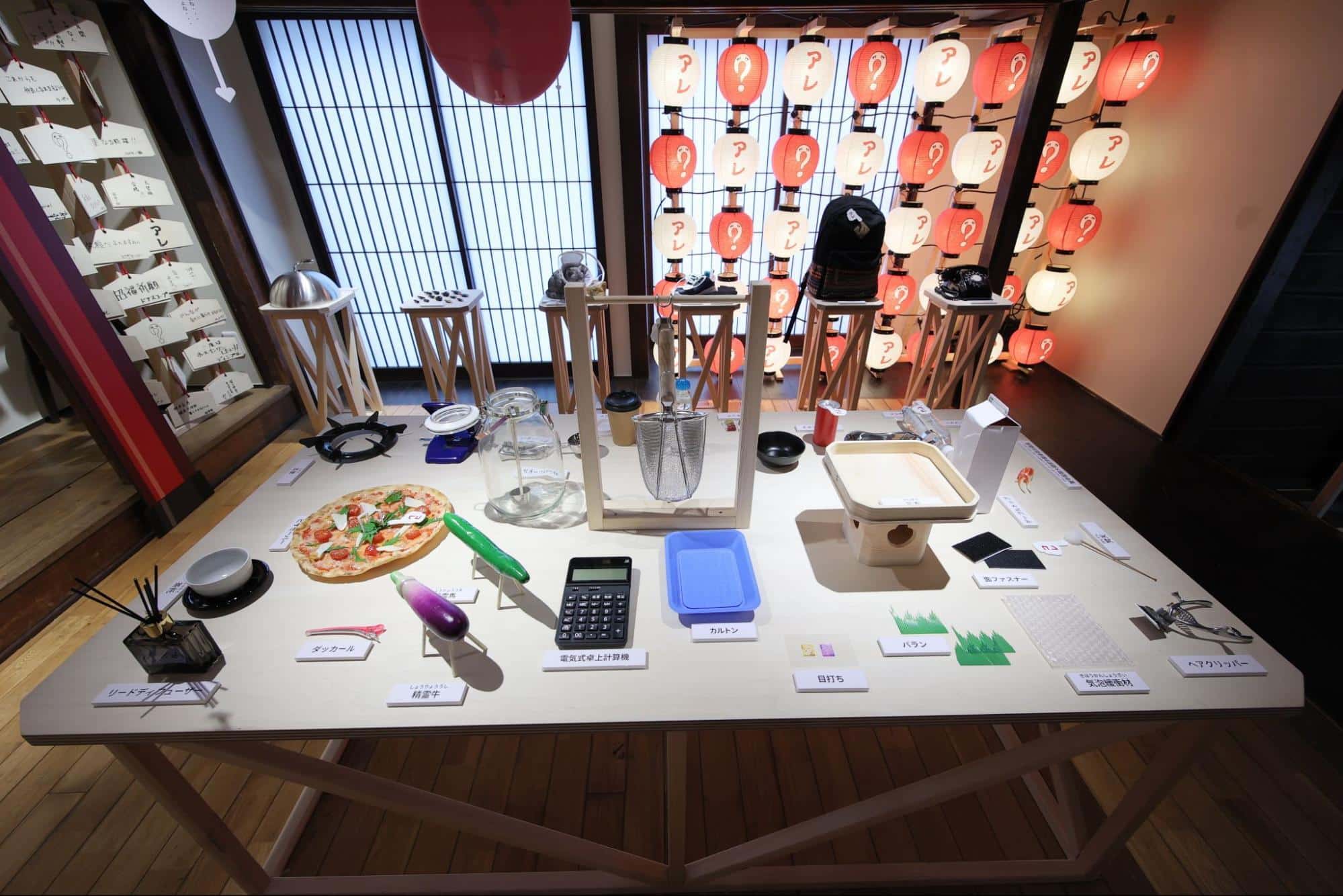
What we wanted to convey was that “all things have value, so try buying or selling something on Mercari.” But if we put it that way, the meaning behind those words would not get across. Even worse, people would probably dismiss it altogether.
People know about Mercari, and for many, Mercari probably comes to mind when they want to sell something they no longer need. But the most common destination that comes to mind for unwanted items is still the trash. The trash can is Mercari’s real competitor.
The “Things You Don’t Know the Names of” exhibition was a space showcasing common items people generally don’t give much thought to and don’t even know what to call. Both our target audience and the media took interest in the event, and it ended with great success.
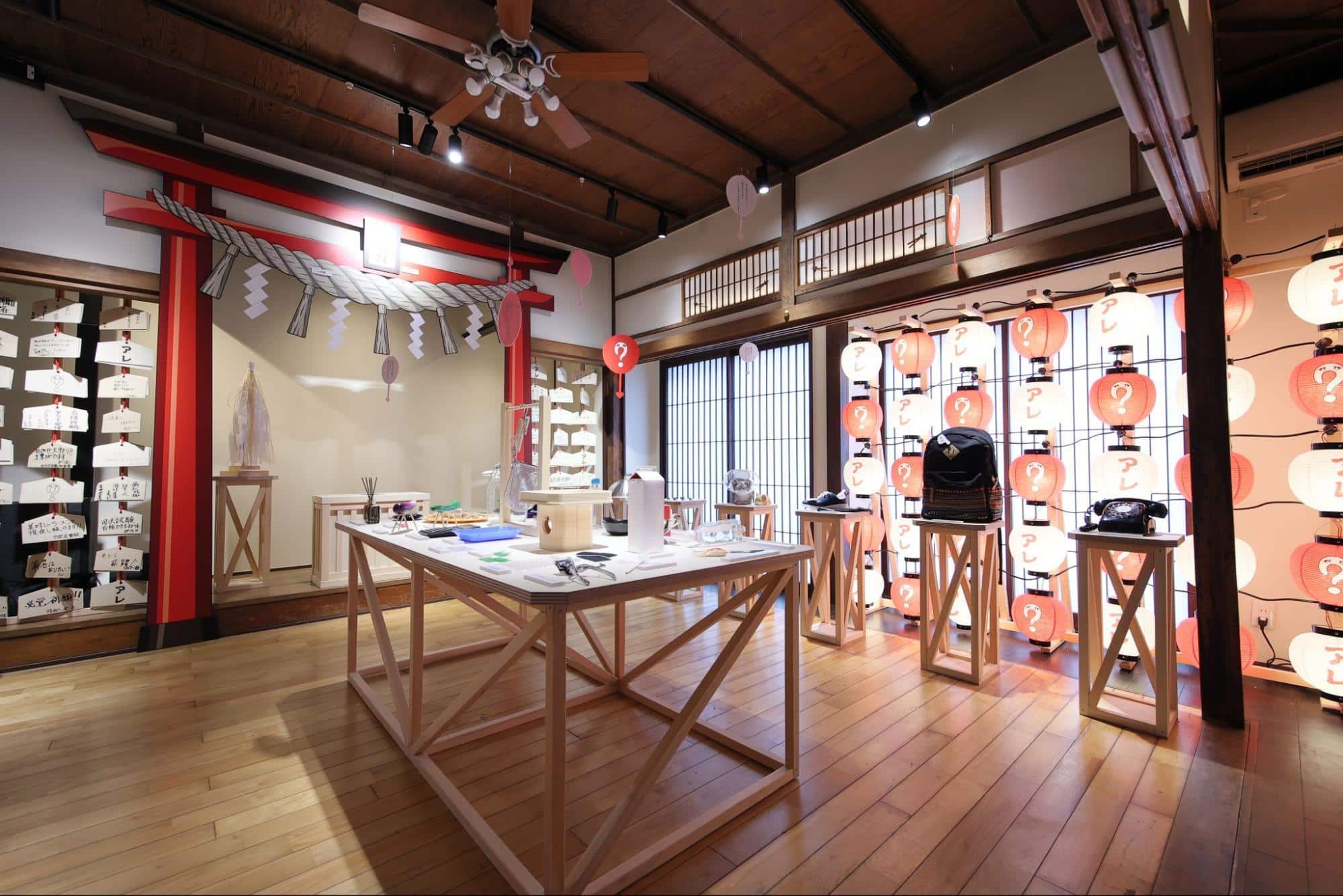
We plan to do more events like this in the future. Our next one is actually happening in September, so look forward to that too!
Marketing is like love
—Let’s end on this question: What is your vision for Mercari in the next few years?
In my opinion, marketing is like love. This is especially true of products that are targeted at consumers. Products are like people—you don’t remember why you fell in love with them, and it can be a fine line between love and hate. It’s hard to discover and implement elements people will like when creating a product, but if you don’t try, you’ll never create a brand that people love.
—By that analogy, what would the ideal relationship between Mercari and its users be?
One where users want to spend time on Mercari not because of incentives like saving money, but because they love it. I take this relationship seriously and intend to continue putting forth my best in both the relationship and running our business.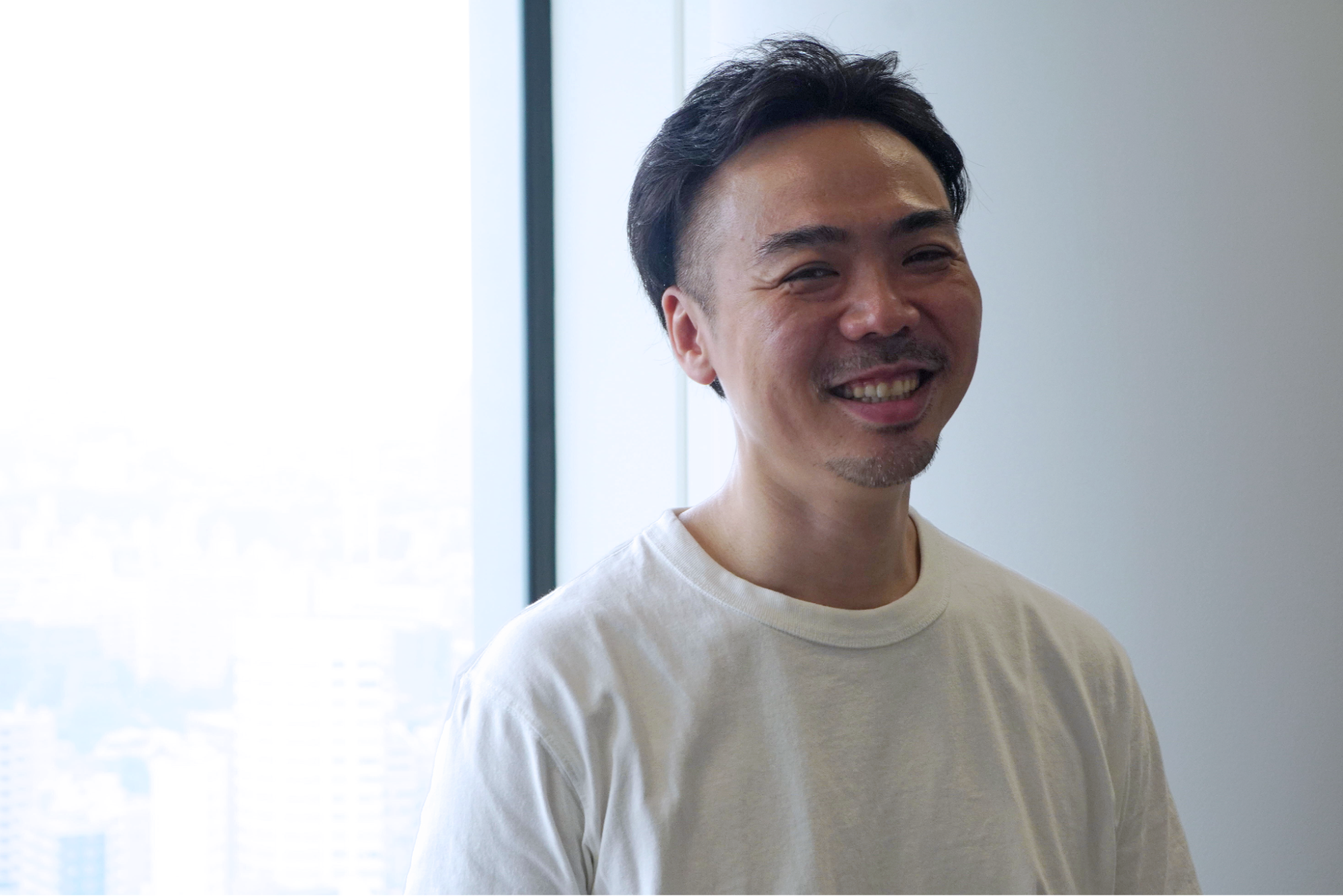
Bonus: How I use Mercari!
I read a lot of books, and I like to buy the paperback version of a book and list it on Mercari before I even read it. That way, I only have until the book sells to finish reading it, and the time pressure prevents me from stockpiling books and never finishing them. I like to call it the “Mercari reading technique.” (laughs)






